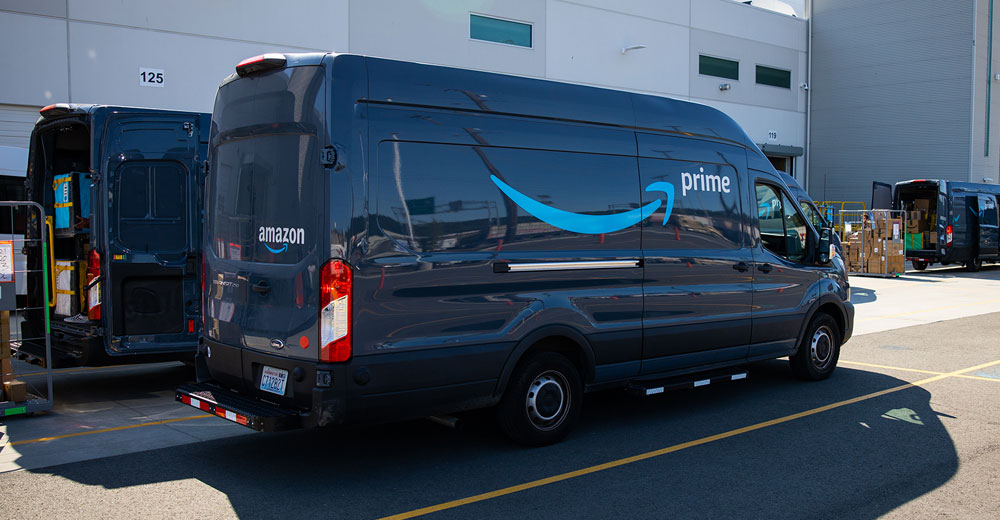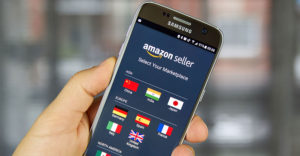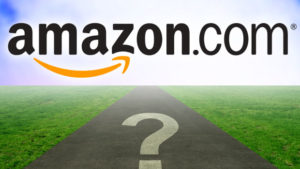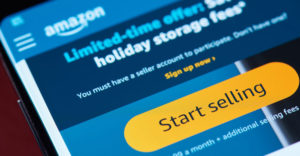It’s no secret that consumers flock to Amazon for their online shopping needs; last year, the e-commerce giant accounted for more than 40 percent of all digital revenue, while overall sales have grown year after year.
Many brands, though, have unrealistic expectations about selling on Amazon. Some are too pessimistic, assuming Amazon sales are cannibalistic to their website sales, even though the vast majority of searches on Amazon are unbranded.
At the other end of the spectrum, some brands assume that Amazon is a channel for easy growth and quick sales. Unfortunately, that’s not the case either. Selling on Amazon can have a significant payoff, but success takes time. Before taking the leap, brands should think carefully about whether Amazon is the right investment for them.
Let’s look at three questions every brand should ask to help determine if selling on Amazon is the right path.
1. Is the product established, good quality, and priced right?
Launching an unknown brand or product on Amazon is incredibly difficult. It’s much easier to start with an established product with proven market demand and focus attention on learning how to win on Amazon.
A major consideration is to price the product right. Amazon shoppers are much more price comparative than other website shoppers. Brands cannot get away with charging dramatically more than the market.
Additionally, items with a price point over $20 with a small size and low weight are better suited for Amazon. If you’re paying Amazon $5 to ship a two-pound, $10 item, that increases the price by 50 percent. It’s hard to compete with brick-and-mortar stores for items with lower price points, especially with shipping costs tacked on.
Quality is also crucial. If reviews are less than four stars, it is difficult to be successful on the Amazon platform. Investing money to drive customers to a poorly reviewed product increases your cost of advertising and squeezes your margins.
2. Is the advertising and product page content up to par?
Even with a high-quality product and the right price point, advertising and content is crucial.
Too many brands view content as a commodity and try to get it as cheaply as possible. But the product page is what’s going to draw customers in and differentiate between similar or alternative products and sellers.
Are there multiple pictures with clear images? How about bullet points describing its usefulness and qualities? Is the listing and storefront set up properly? Amazon is competitive, and the algorithms will work against you if you make mistakes. Every box needs to be checked to increase the chances of success.
The content you launch with is especially critical to training Amazon about your product. When you first launch on the platform, you get what is referred to as the “honeymoon period,” where Amazon crawls your content and automatically puts you on the first page of your relevant keywords. This allows Amazon to see how you perform compared to existing products.
Perform well, and your brand has a better chance of staying there since the algorithm is set to give you that early boost. Don’t cut corners on content and expect to see high sales figures.
3. Do you have sufficient funding?
Everything we’ve mentioned thus far requires a financial investment. In addition to paying for everything from R&D to content, your brand also needs sufficient inventory.
With Amazon in particular, it’s desirable to use Fulfillment by Amazon (FBA), where you ship some of your inventory to the Amazon warehouse. The upside is that this allows you to have reasonable shipping prices and offer Amazon Prime. The downside is a sizable chunk of your inventory is now committed to your Amazon channel, which can squeeze availability in other channels.
If you’re cash constrained, having enough inventory to use FBA can be difficult — and running out of FBA stock is a major blow to your Amazon search ranking, which can be hard to recover even when inventory is replenished.
The bottom line is that selling on Amazon has tremendous potential upside, but it’s hardly an easy task. There’s no shortcut to success, either. If your brand decides to launch on the platform, be prepared to invest several years in your strategy. For an established brand, it usually takes one to three years to gain traction.
Amazon might be a big market, but it’s hardly low-hanging fruit. Any product on Amazon has hundreds of competitors; you’ll have to beat yours fair and square. Brands are only successful if they are willing to commit to the long haul and invest the required money to keep the brand on top of the rankings.
Before taking the leap, make sure you’ve considered whether Amazon is the right channel for your brand at this moment in time.




















































Social Media
See all Social Media